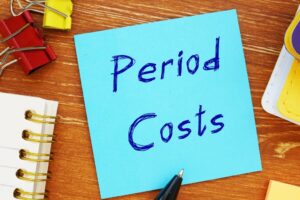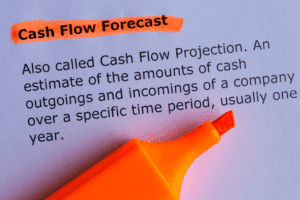
To introduce the concept of the units-of-activity method, let’s assume that a service business purchases unique equipment at a cost of $20,000. Over the equipment’s useful depreciation expense meaning life, the business estimates that the equipment will produce 5,000 valuable items. Assuming there is no salvage value for the equipment, the business will report $4 ($20,000/5,000 items) of depreciation expense for each item produced. If 80 items were produced during the first month of the equipment’s use, the depreciation expense for the month will be $320 (80 items X $4). If in the next month only 10 items are produced by the equipment, only $40 (10 items X $4) of depreciation will be reported.
- Depreciation allows businesses to recover the cost of tangible assets over time, which in turn reduces taxable income and tax obligations.
- Accumulated depreciation refers to the cumulative depreciation expense recorded for an asset on a company’s balance sheet.
- The cash outflow for the asset occurred when it was initially purchased.
- The accumulated depreciation is recorded on the balance sheet of the company.
- In accounting, depreciation is recorded as an expense that gradually reduces the book value of an asset.
- Therefore, since the expense has already been incurred, the depreciation does not affect the company’s liquidity.
- Depreciation affects this valuation by reducing the book value, which can influence investment decisions.
Choosing The Right Depreciation Method For Tax Purposes
The Internal Revenue Service (IRS) provides specific guidelines and methods for calculating depreciation for tax purposes, such as the Modified Accelerated Cost Recovery System (MACRS). Examples include manufacturing equipment, office buildings, company vehicles, and production machinery. They must be owned, have a useful life over one year, and decline in value. The difference between assets and expenses is significant when it comes to accounting. Expenses are written off at the time of purchase; but since assets are expensive and have a useful life of many years, their costs are capitalized over their lifespan using a process called depreciation. It’s important to remember that different depreciation methods can significantly impact your financial statements and tax liabilities.
- Depreciation represents the decrease in an asset’s value over time, due to wear and tear, obsolescence, or usage.
- Depreciation and amortization are common to almost every industry, while depletion is usually used only by energy and natural-resource firms.
- Depreciation expense is an accounting method used by businesses to systematically allocate the cost of a tangible asset over its useful life.
- The purpose of depreciation is not to report the asset’s fair market value on the company’s balance sheets.
- The Modified Accelerated Cost Recovery System, or MACRS, is another method for calculating accelerated depreciation.
- This process reflects how an asset’s economic benefits are utilized over time, rather than expensing its entire cost in the year of purchase.
Accumulated depreciation

In the sphere of financial analysis, depreciation is a pivotal factor that analysts scrutinize to understand a company’s operational performance and cash flow management. It is a non-cash expense that does not directly affect cash flow; however, it influences various financial metrics and ratios that are central to financial analysis. By adding back depreciation, analysts can focus on the cash-generating ability of a company’s core operations.
♦ Depreciable Cost
By doing so, you’ll ensure accurate financial reporting and maintain transparency with stakeholders. Think about your QuickBooks ProAdvisor long-term intentions for the asset when selecting a depreciation method. If you plan to sell the asset before the end of its useful life, an accelerated method might better reflect its declining value.

Depreciation Expense: Understanding Its Impact on Business Financials

A loan doesn’t deteriorate in value or become worn down through use as physical assets do. Loans are also amortized because the original asset value holds little value in consideration for a financial statement. The notes may contain the payment history but a company must only record its current level of debt, not the historical value less a contra asset. Tangible assets can often use the modified accelerated cost recovery system (MACRS).
- Returning to the “PP&E, net” line item, the formula is the prior year’s PP&E balance, less Capex, and less depreciation.
- Many entrepreneurs find this concept challenging, but understanding its true meaning and impact is essential for effective business management.
- Prime among them is impairment testing in which the asset’s carrying value in the company’s balance sheet is compared with its recoverable amount.
- Use the calculator above to get instant results and stay financially accurate.
- A fixed asset such as software or a database might only be usable to your business for a certain period of time.
How Depreciation is Recorded
The accounting profession contra asset account has addressed this situation with a mechanism to reduce the asset’s book value and to report the adjustment as an impairment loss. The IRS publishes schedules giving the number of years over which different types of assets can be depreciated for tax purposes. Finally, the salvage value represents the estimated residual worth of the asset at the end of its useful life. This is the amount the business expects to recover when it disposes of the asset, either by selling it for scrap or by selling it to another party. If an asset is expected to have no value at the end of its useful life, its salvage value would be zero.